In today’s world, we take our smartphones with us literally everywhere, which exposes them to various threats lurking at every turn. The screen is the most vulnerable to scratches, cracks, or dirt, and its damage evidently affects the comfort of use. As we know, even the cheapest screen protection is better than none. So which option should be chosen to best protect the front panel of the device? Tempered glass or a film? Or maybe it’s worth investing in hybrid glass?
Protective film – discreet protection for modern screens
Protective films for smartphone screens are one of the most aesthetic protective solutions – practically invisible on the display, thin, and extremely lightweight. They work perfectly for the latest phone models with curved screens or very thin bezels, where classic tempered glass might not be suitable. That’s why many people opt for film in models such as Samsung Galaxy S25 Ultra, iPhone 16 Pro, Xiaomi 15, or OnePlus 13 Pro.
The film creates a thin protective layer that effectively safeguards the screen against micro-scratches, smudges, dust, or fingerprints. It’s a great choice for people who do not expose their phone to significant drops but want to keep the screen in perfect visual condition.
Modern TPU protective films or hydrogel films fit perfectly to the screen, without disrupting its sensitivity, and are very easy to clean. Importantly, the films are also compatible with most protective cases, including MagSafe or rugged types.
✅ Advantages of protective film:
-
exceptionally thin and almost invisible on the screen
-
maintains full functionality of the touchscreen
-
adheres well to screens with curved edges
-
ideal for premium smartphones with large screens
-
lower cost than tempered or hybrid glass
❌ Disadvantages:
-
lower resistance to drops and impacts
-
easier to scratch than tempered glass
-
difficulty in installation – risk of air bubbles

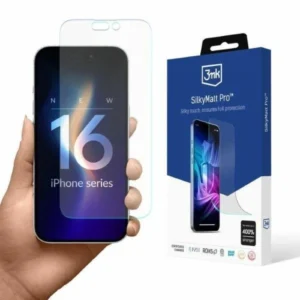
![]()
🔗 Protective film for Galaxy S25 Ultra
🔗 Film for iPhone 16 Pro screen
🔗 Protective film for Xiaomi 15
Tempered glass – classic, strong protection
Tempered glass for phone screens is the most popular and proven protective solution, used by both private users and services that install protections. Thanks to its structure and high hardness (usually 9H), it effectively protects the display from scratches, cracks, and the effects of accidental drops. It is an ideal option for people who actively use their smartphones daily – at work, while traveling, during workouts, or while playing with children.
Tempered glass is the perfect protection for models such as iPhone 16 Pro, Samsung Galaxy S25 Ultra, Google Pixel 9, Xiaomi 15 Pro, or OnePlus 13. Thanks to tailored shapes, modern glasses are compatible with most protective cases – including rugged and magnetic types. Tempered glass usually has precisely cut holes for the camera, sensors, and speakers, and its installation is very simple – especially for flat screens.
✅ Advantages of tempered glass:
-
very high resistance to scratches and drops (hardness 9H)
-
quick and easy installation, especially on flat screens
-
possibility of removal and reinstallation (in some models)
-
does not affect image quality or touch sensitivity
-
wide availability of models tailored to specific phones
❌ Disadvantages:
-
greater thickness than film – may be more visible
-
may lift on curved screens if it is not 3D glass
-
may crack under very strong impacts (but protects the actual screen)
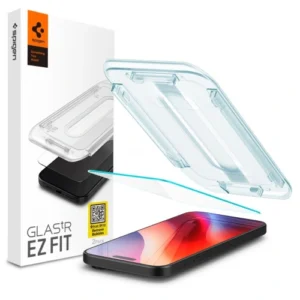

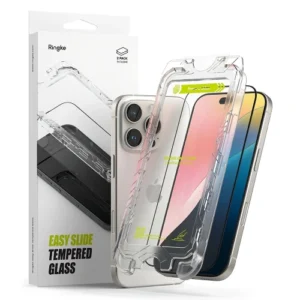
🔗 Tempered glass for Samsung Galaxy S25 Ultra
🔗 Tempered glass for iPhone 16 Pro
🔗 Tempered glass for Google Pixel 9
🔗 Tempered glass for Xiaomi 15 Pro
Hybrid glass – flexible protection of the new generation
Hybrid glass is an innovative solution that combines the advantages of two worlds: the flexibility of protective film and the durability of tempered glass. It is made from a combination of plastics and a thin layer of glass, making it exceptionally resistant to cracks while being flexible and easy to install. It’s the ideal choice for those who want to effectively protect their screen but do not like thick tempered glass.
Hybrid glass for phone screens works perfectly with the latest smartphones featuring curved edges and thin bezels. Thanks to its structure, it adheres perfectly to the display, does not peel at the edges, and does not leave air bubbles.
Modern hybrid glasses provide high touch sensitivity, full transparency, and protection against scratches, micro-scratches, smudges, and fingerprints. Although they are not as hard as classic tempered glass, they do not crack upon falling, making them more durable for everyday use.
✅ Advantages of hybrid glass:
-
flexible and crack-resistant – does not shatter like tempered glass
-
ultra-thin – practically imperceptible on the screen
-
perfect fit for flat and curved screens
-
easy installation – no risk of air bubbles
-
compatible with most cases
❌ Disadvantages:
-
lower hardness than tempered glass (more prone to micro-scratches)
-
may require more frequent replacement with intensive use
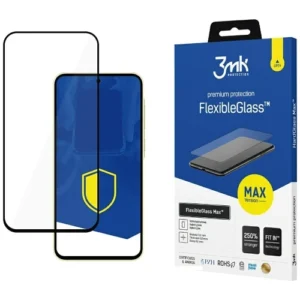
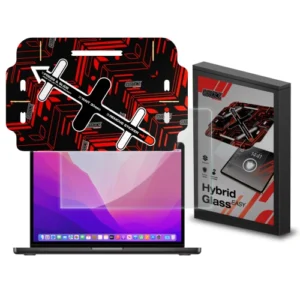
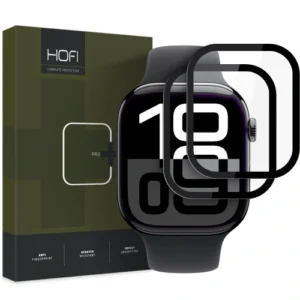
🔗 Hybrid glass for Google Pixel 9a
🔗 Hybrid glass for Galaxy S25 screen
🔗 Hybrid glass for iPhone 16 Pro Max
🔗 Flexible hybrid glass for iPhone 16e
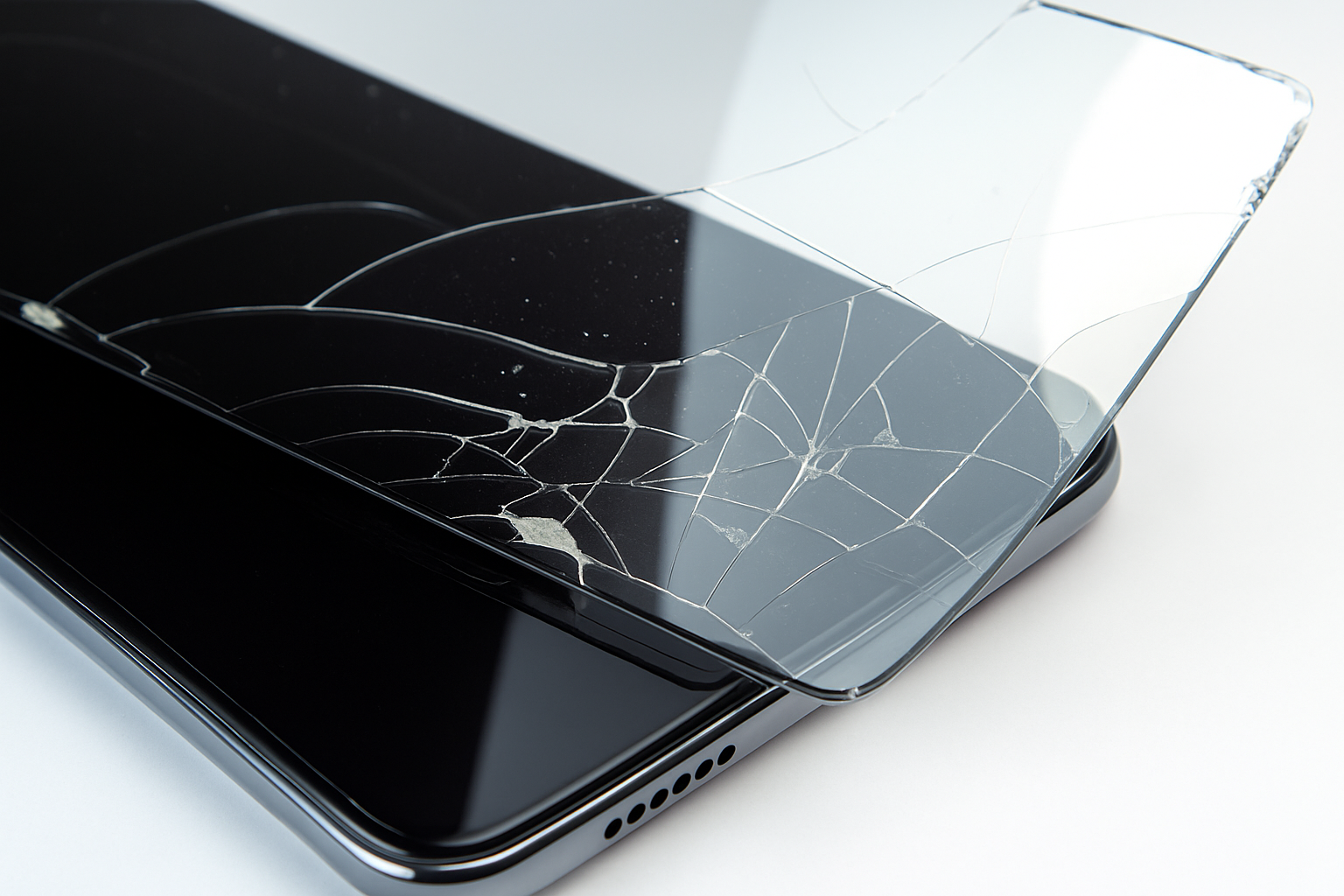
Leave a Reply